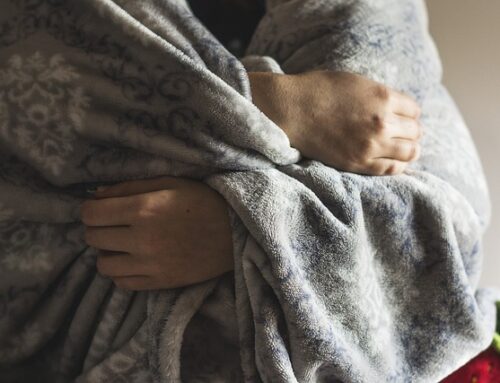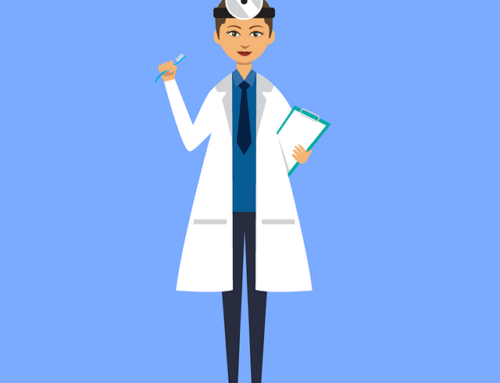Patients who had previously used continuous positive airway pressure (CPAP) for the treatment of sleep apnea, found that it helped to eliminate their morning blood pressure elevations. It also substantially reduced hypoxia. In a recent study in the American Journal of Respiratory and Critical Care Medicine, relative to treatment with supplemental air, pure oxygen was associated with a 6.6 mm Hg decrease in systolic and 4.6 mm Hg decrease in diastolic pressure.
What is the connection?
Obstructive sleep apnea has been known as a risk factor for hypertension and cardiovascular disease. However, it was not clear if that risk was associated with recurrent arousal or intermittent hypoxia, according to the study.
Understanding that supplemental oxygen reduced intermittent hypoxia but had only a minor effect on markers of arousal, makes a strong case for intermittent hypoxia being the dominant cause of daytime BP increases in patients with sleep apnea.
This study shows us that by blunting the dips in oxygen levels, the use of oxygen can have a positive effect on a person’s BP. We can start to look at patients with sleep apnea who have experienced high blood pressure that is not adequately treated with hypertension medication. According to this study, that specific group of patients should benefit from the use of oxygen therapy.
Oxygen improves BP
In this double-blinded study, CPAP was withdrawn for 14 nights during each treatment arm. During this time, participants received supplemental oxygen or regular air overnight through a face mask. The primary outcome was the change in home morning BP following the withdrawal of CPAP. Secondary outcomes included oxygen desaturation index, apnea hypopnea index, and subjective and objective sleepiness.
The use of supplemental oxygen significantly improved measures of intermittent hypoxia. There was also a significant reduction in heart rate rises index. While additional studies are needed to determine the best candidates for supplemental oxygen therapy, it is important to note these findings.
We, as dentists, can continue to treat sleep apnea patients with oral appliance therapy, but we should be mindful to other treatment options and what a sleep physician suggests for the best outcomes.




